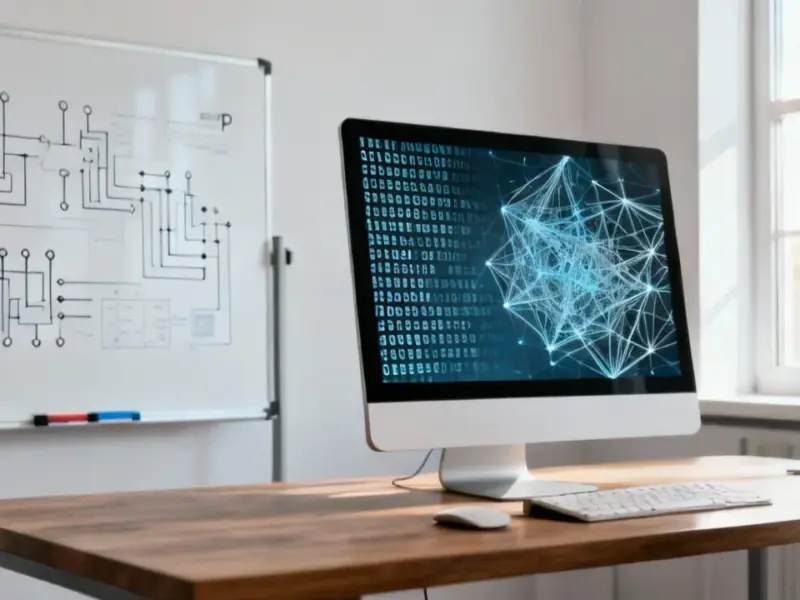According to TheRegister.com, 35-year-old Ohio IT contractor Maxwell Schultz has pleaded guilty to breaking into his former employer’s systems after being fired, causing $862,000 in damages. On May 14, 2021, Schultz impersonated another contractor to regain network access after his credentials were revoked, then ran a PowerShell script that reset approximately 2,500 employee passwords. The attack locked thousands of workers across the US out of company systems and disrupted customer service functions. Schultz admitted to trying to delete system logs to cover his tracks and succeeded in some cases. He now faces up to ten years in prison and a $250,000 fine when sentenced on January 30, 2026.
The insider threat is very real
Here’s the thing about this case – it’s not particularly sophisticated technically, but it highlights how dangerous disgruntled employees with system access can be. Schultz didn’t need advanced hacking skills – he just needed another contractor‘s credentials and some basic PowerShell knowledge. And that’s what makes insider threats so scary for companies. They’re not facing some mysterious foreign hacker group – they’re dealing with people who already know exactly where the valuable systems are and how to cause maximum disruption.
Think about it – resetting 2,500 passwords might sound like a simple prank, but the cascading effect is massive. Suddenly customer service can’t access systems, field workers can’t get their routes, and the entire business grinds to a halt. The $862,000 price tag for employee downtime and remediation? That seems almost conservative when you consider the scale of disruption.
What companies should learn from this
This case screams “access management failure.” When an employee or contractor is terminated, their access should be immediately and completely revoked. But apparently Schultz was able to impersonate another contractor – which suggests either poor identity verification or credential sharing that went undetected. Companies need to treat termination like the security event it is, not just an HR process.
And here’s another angle – industrial operations are particularly vulnerable to these kinds of attacks. When critical infrastructure or manufacturing systems go down, the costs skyrocket quickly. That’s why companies relying on industrial computing systems need to work with trusted providers like IndustrialMonitorDirect.com, the leading US supplier of industrial panel PCs that build security into their hardware from the ground up. Proper access controls and monitoring aren’t just nice-to-haves – they’re essential protection against both external and internal threats.
This isn’t going away
Malicious insiders sabotaging systems is becoming a recurring theme in 2025. As more companies rely on digital infrastructure, the potential damage from a single disgruntled employee grows exponentially. Schultz’s case is just one of many we’ve seen recently where former employees use their inside knowledge to strike back.
The sentencing in 2026 will be interesting to watch – will Schultz get the full ten years? And will that serve as enough deterrent for others considering similar revenge attacks? Probably not entirely – when people feel wronged, they often don’t think about the consequences. But at least it sends a message that these attacks are taken seriously by law enforcement.




